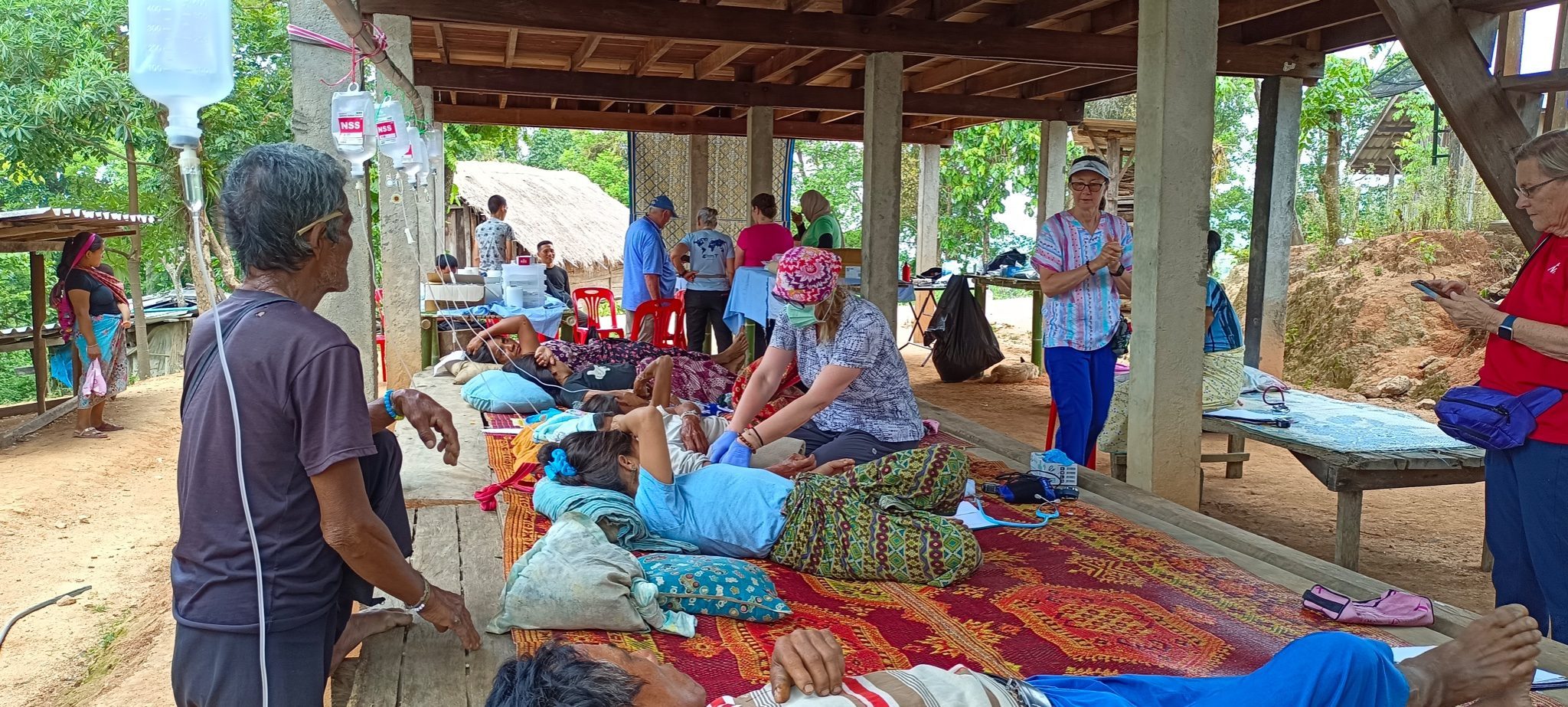This is a continue medical education in rural training setting, designed for fresh graduate and family physician as well as general practitioners.
Rural training offers some of the most exciting residency opportunities to be had in family medicine. It allows a new physician from a resource-rich urban center, followed by training in a relationship-rich rural community. This combination prepares resident physicians for practicing medicine in challenging settings, rural, underserved urban and international, while providing individualized mentoring and coaching during residency. Rural training is challenging, but it provides opportunities you won’t see in other places.
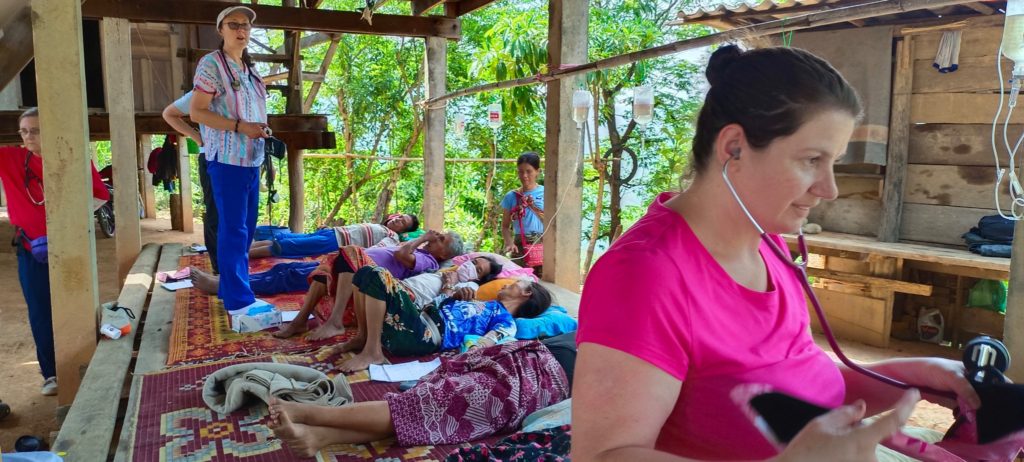
Rural practices see a wide variety of cases often surpassing urban ones. In fact, since there are usually fewer specialists around, you’ll end up diagnosing and treating rather than referring. You’ll work on cases your urban colleagues wouldn’t be able to touch. Rare things commonly happen in rural practice, because there are so many rare things. Even if you do refer cases beyond the capabilities of your rural physician community, you get to see these cases first.
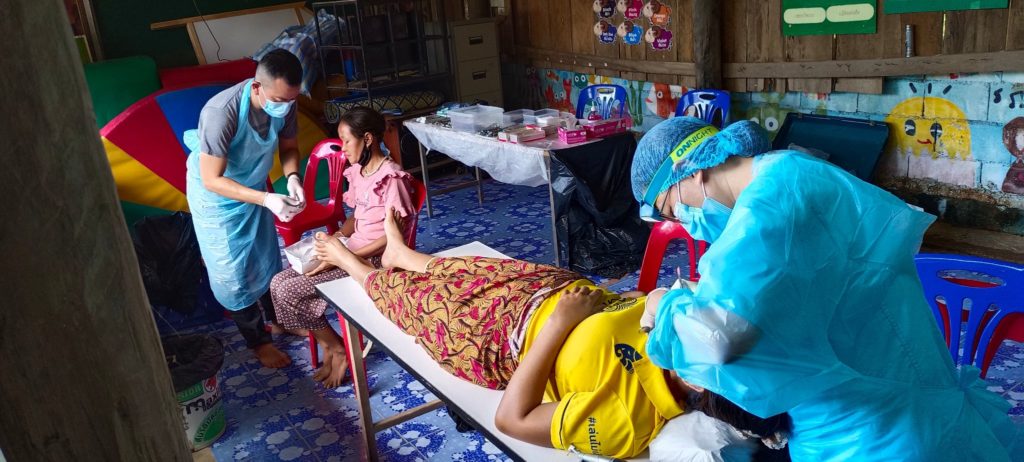
You don’t have to compete with other learners for diagnostic and treatment opportunities; there are plenty to go around. Physicians who have gone through rural training have compared it to an apprenticeship, where faculty members treat you like a colleague, and together you learn diagnostic and procedural advances.
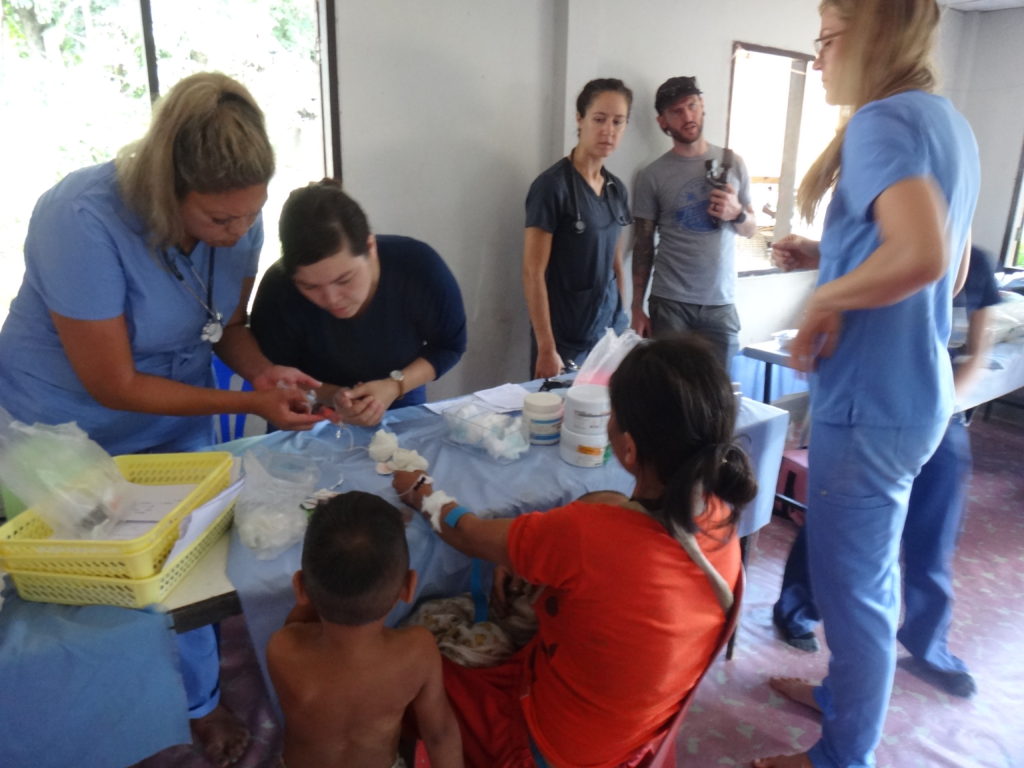
Not only will you get to know your colleagues better, you also get to know your patients better. Rural communities are smaller, with more of an emphasis on the personal touch. You’ll get to see firsthand how family and community interrelationships can have an impact on health and health care, adding a new perspective to your training and professional development.
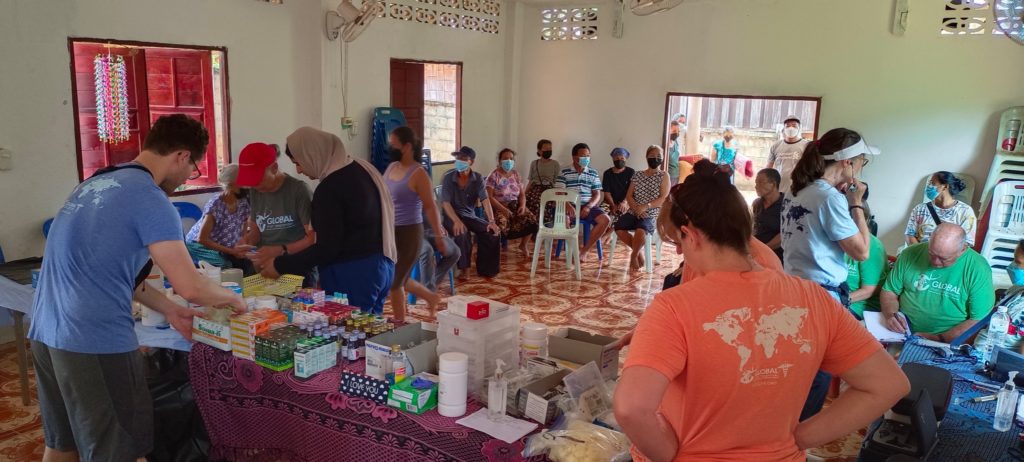
Rural training lets you expand your skills in ways you may not have expected, whether in dealing with obstetrics, geriatrics or another specialty you would like to try. In rural residency, it’s easier for you to try areas you’re interested in, but may not be easily available in an urban setting.
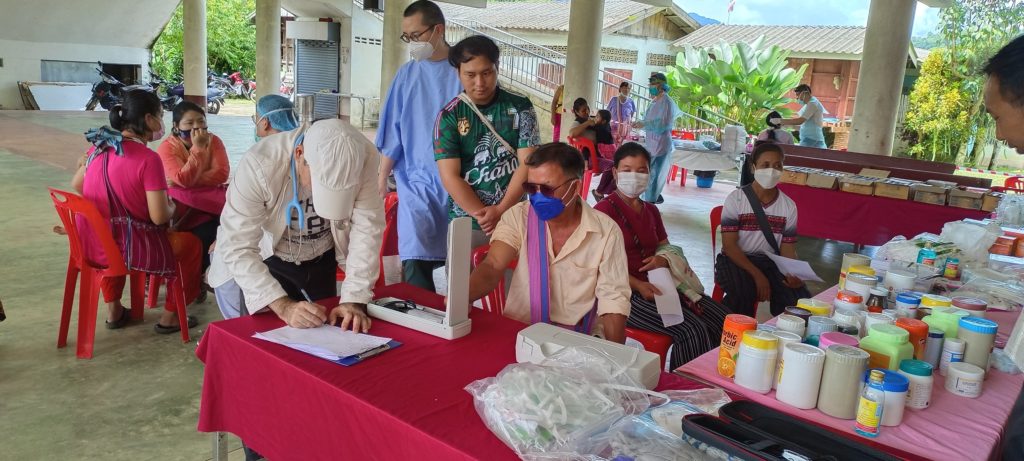
One key to successful rural practice is the ability to adapt to the needs of the rural community where you live and work. A wide scope of training is a good idea, even if you don’t end up using every skill you have learned.
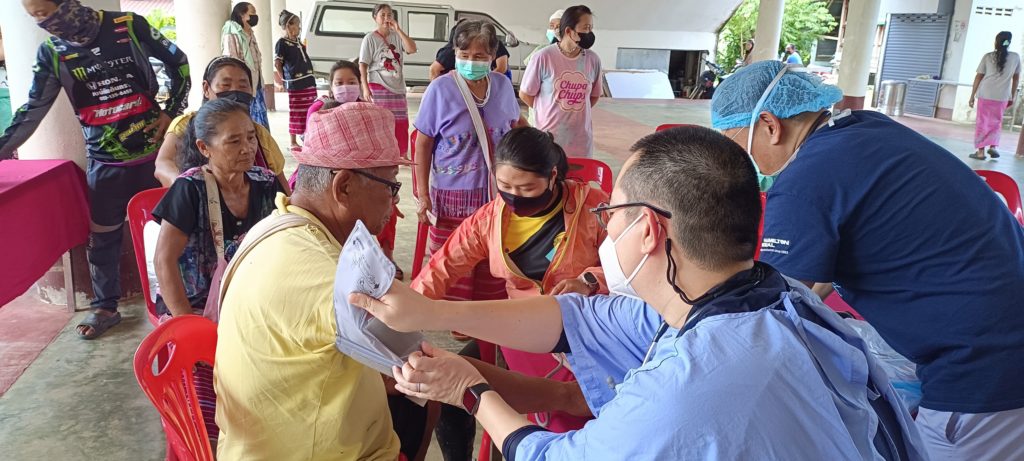
Another advantage of training in a rural context is a patient population closely reflecting patients one can expect to encounter in subsequent rural practice. In addition to a wide technical scope of practice, rural practices often have a wide demographic and patients may represent a large geographical area and culturally diverse community.
A main advantage of training in a rural program is the opportunity to experience life as a doctor in a rural place.
Operation location:
This training takes place in 50 or more hill tribe villages in the hills along Thai-Myanmar border in Chiang Rai regions, northern Thailand. As we see and treat sick villagers in a village set up clinic we move around in the region. We normally stay 2-3 days in each village as we set up village clinic. We see 60-160 sick villagers in a day and cover 3-5 villages per week.
A typical day:
As a physician you will be doing all kinds of medical practices, seeing all kinds of sick villagers ranging from pediatric to geriatric, taking vitals, visual and physical exams as well as various Lab tests, which ends up with diagnosing and dispensing.
Lodging and food:
You will be staying in a bamboo hut with a village host village.
3 meals prepared in a local hill tribe way will be served daily. Vegetarian foods will be served upon request.
Duration of training: Minimum: 2 weeks
Funding for medical supplies purchase: Funding for medical supplies is required.
Funding the medical supplies is required since we are giving free medical treatment to the sick villagers who are not able to access to local or any health care due to a lack of citizenship on top of being marginalized, discriminated, shun and looked down up by the local Thai societies.
We normally spend 15-30 US$ on medication and treatment on a patient as we give away 3-7 different medications that include IV drips, IV push, injection and lab tests as well as minor and major surgeries.
Usually we spend 1,500-3500 US$ every 7-10 days for medications and treatments. We carry large amount of medical supplies; tons of drugs, IV drips, IV push, injections, medical equipment, and lab test.
Depending on the budget and funding brought by volunteers, we visit small or big villages. Usually with big funding and big group of volunteers, we visit big villages.
We also see Myanmar war refugees and Internally displaced Myanmar people that are hiding from civil war’ persecution and are sheltering along Thai-Myanmar borders.
Funding for medical supplies 1-4 week-elective is as follow:
Individual and couple: The minimum funding is 1,500 US$.
Group-student: Funding for 1-2 week-medical supplies
A group of 10 or less: The minimum funding is 1,500-2,500 US$.
A group of 20 or less: The minimum funding is 2,500-3,500 US$.
A group of 30 or less: The minimum funding is 3,500-4,500 US$.
A group of 40 or less: The minimum funding is 4,500-5,500 US$.
Group-student: Funding for 3-4 week-medical supplies
A group of 10 or less: The minimum funding is 3,000-4,000 US$
A group of 20 or less: The minimum funding is 4,000-5,000 US$
A group of 30 or less: The minimum funding is 5,000-6,000 US$
A group of 40 or less: The minimum funding is 6,000-7,000 US$
All That Is Not Given Is Lost
